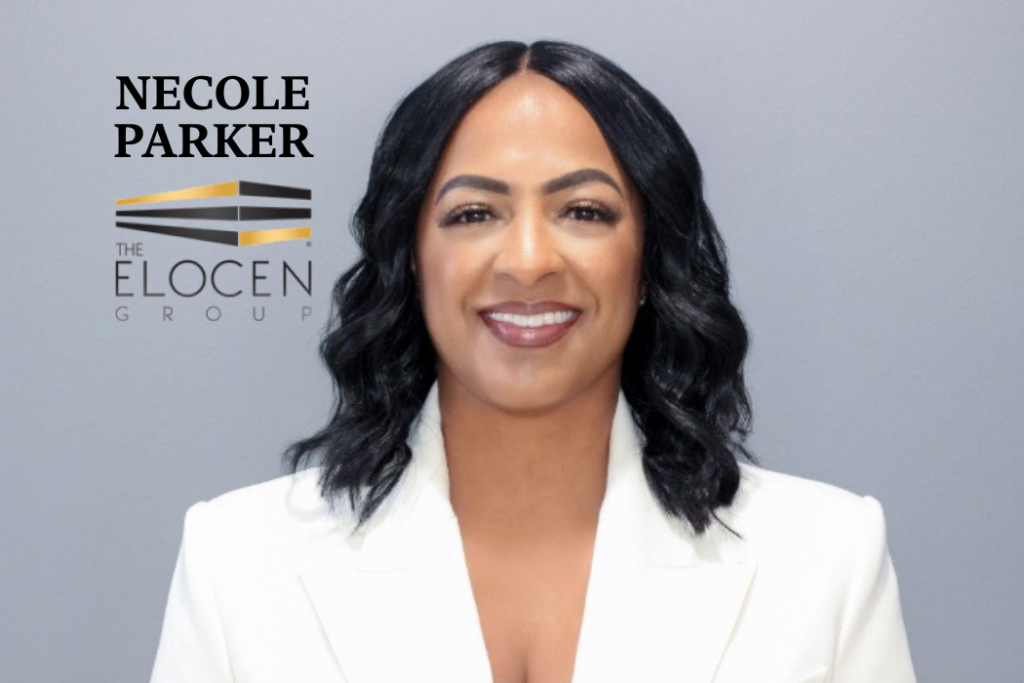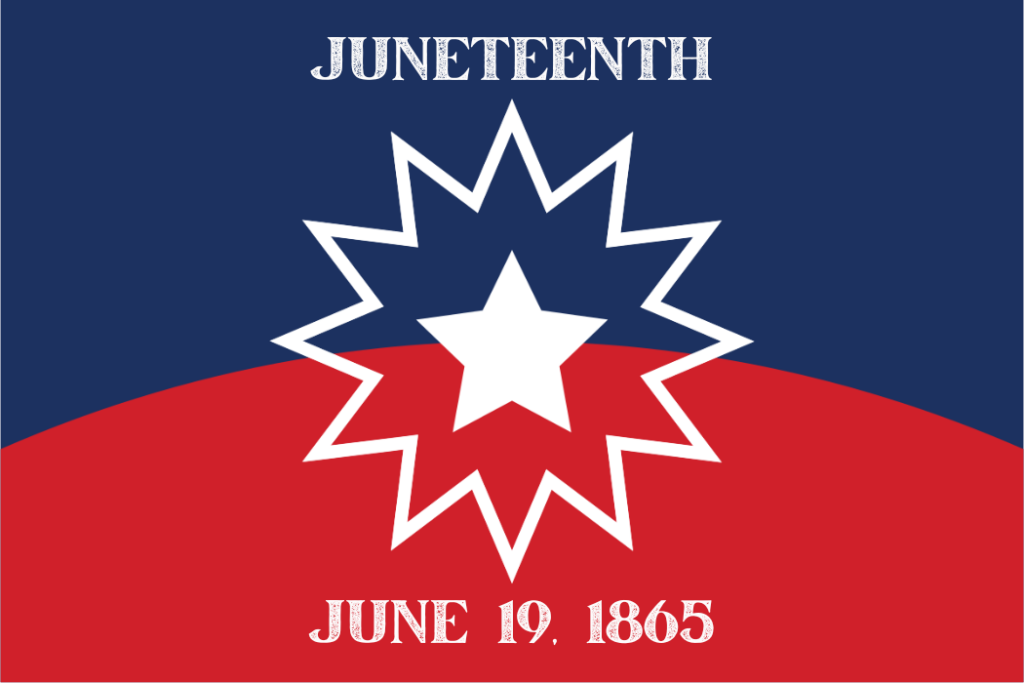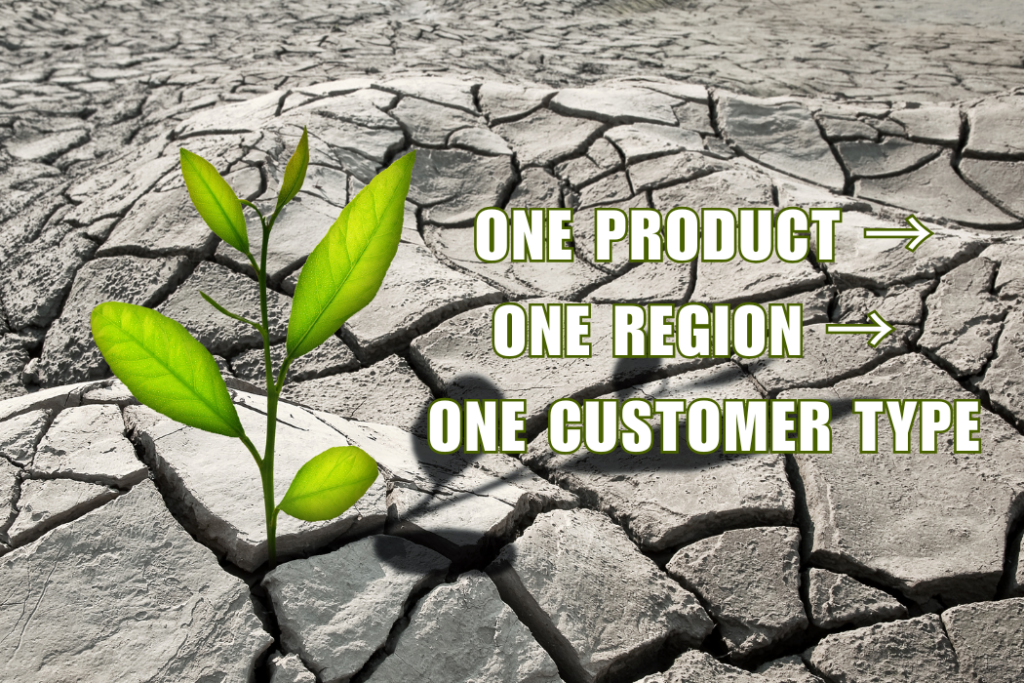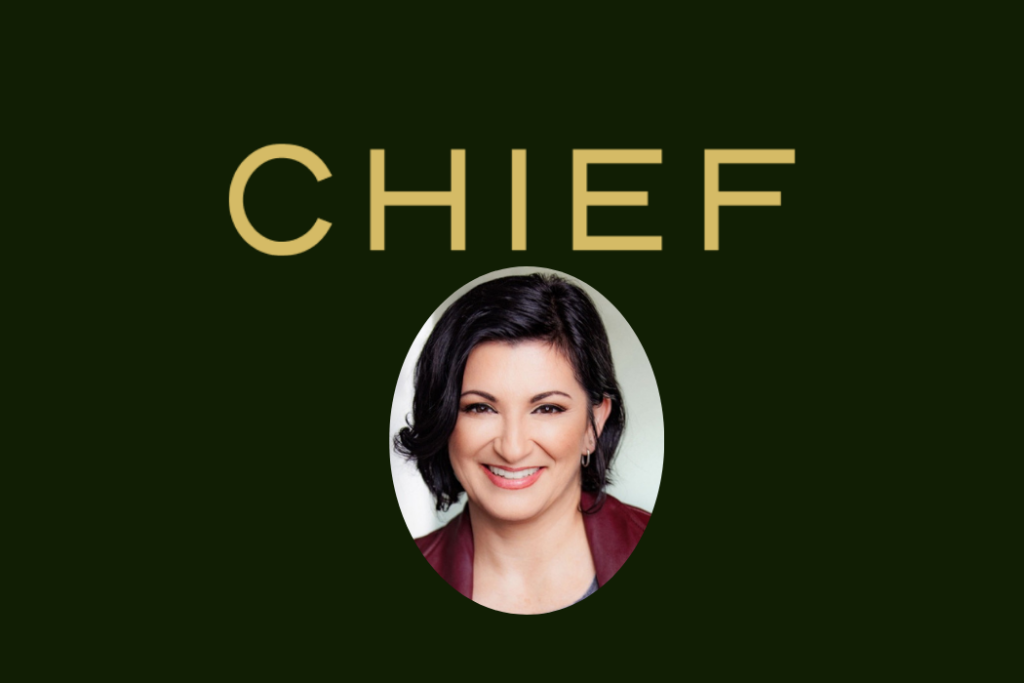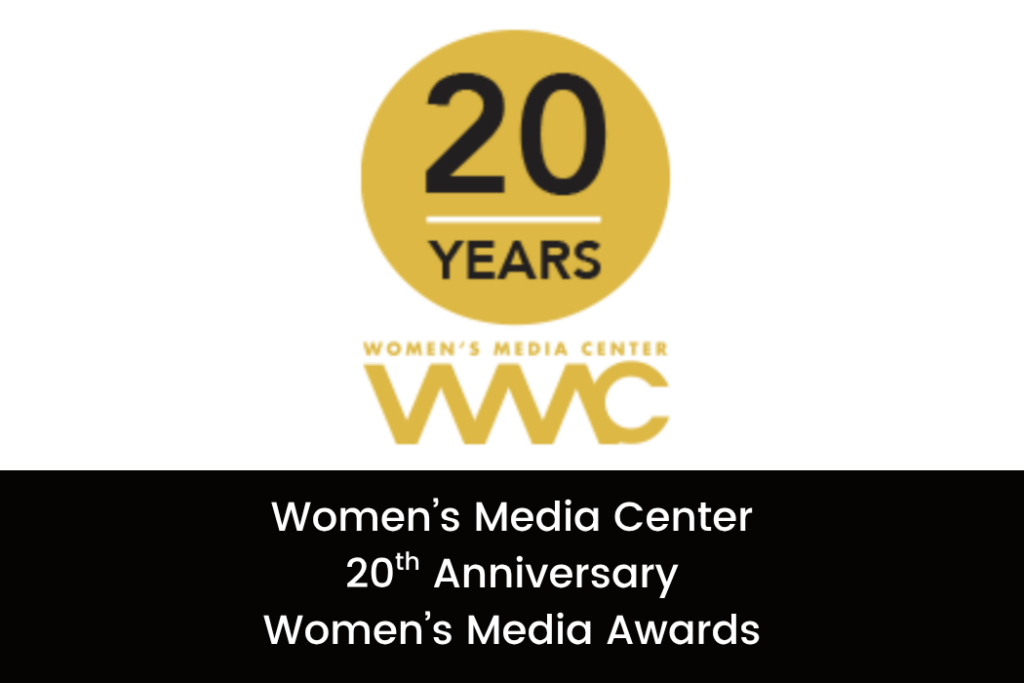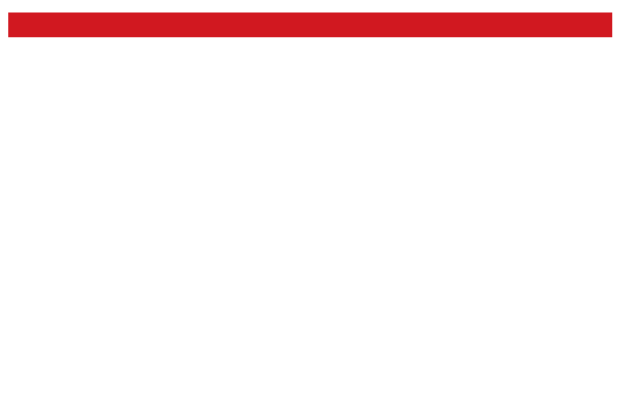BCH’s AMEN Corner – Affluent Minority Entrepreneur News
As an entrepreneur, you need to determine how to establish your personal retirement savings and maximize those contributions to reach your financial goals. If you offer a workplace retirement plan or if you have a self-directed retirement plan, it’s the perfect time to reassess your investment products to see how they’re performing and make adjustments.
You, as a business owner, know that you need to approach retirement planning differently from previous generations, beginning with owning the new reality of financing your own retirement. You need to be intentional, deliberate, engaged and purpose-driven! A successful retirement requires cash and financial planning. Ideally, you want to retire all of your debt (mortgage, second mortgage, credit cards, student loans, vehicle loans) before you retire.
Let’s do a deep dive on how to fund your own retirement, so that you don’t have to count on social security outside of selling your business—in the event they run out of money or you face reductions—both of which you have absolutely no control over.
Sources of Retirement Income
Workplace retirement plans or defined contribution plans are designed to contribute a portion of employees’ salaries towards building wealth for a retirement nest egg. It allows eligible employees to contribute before taxes are taken out. Taxes aren’t paid until the money is withdrawn from the account. Defined contribution plans sets employees up to receive retirement income with the amount depending on how much employees put into their account during earning years, combined with how much the earnings accumulated over that time. Investment options often include mutual funds, index funds and in some cases company stock.
- 401k is a retirement savings plan sponsored by corporate employers for employees. Many companies contribute a match in cash or company stocks based on a percentage or dollar amount of contributions by the employee. The level of match can be determined by company performance, profits or fixed.
Retirement plans outside of the workplace include two types of tax deferred retirement accounts and one post-tax as sources of income during retirement.
- IRAs are Individual Retirement Accounts which are basically savings/investment accounts with nice tax breaks, making it an ideal way to sock away cash for your retirement. There are two types of IRAs:
- Traditional IRAs contributions are made from your monthly net income and are then converted to pre-tax contributions on your tax return, which lowers your taxable income. You can open a traditional IRA at any investment firm online or in person. Earnings grow tax-deferred until you withdraw them during retirement. The advantage is many retirees find themselves in a lower tax bracket than they were pre-retirement, so the tax-deferred means the withdrawals may be taxed at a lower rate. This is used if an employer doesn’t offer a workplace retirement plan or for an individual that is self-employed.
- Rollover IRAs are intended for funds “rolled over” from a qualified retirement plan. This happens when an employee ends employment with a company and chooses to take their retirement funds with them. Rollovers involve moving eligible assets from an employer-sponsored plan such as a 401k to an IRA to maintain its tax-deferred status.
- Roth retirement accounts allow you to make after-tax contributions (money you’ve already paid taxes on) and potentially grow them tax-free with tax-free withdrawals during retirement, provided that certain conditions are met. The government establishes the maximum amount of annual contributions allowed based on adjusted gross income. Roth accounts are very popular and are now being offered as an option for retirement planning in more workplace retirement plans.
21st Century Retirement Diversification
Annuities are a financial product sold by investment advisors and insurance agents designed to invest and grow funds invested from an individual, and upon annuitization, pay out a stream of payments to the individual at a later point in time. Annuities are primarily used as a means of securing steady cash flow during retirement years. They can be structured to provide fixed periodic payments or variable payments to the annuitant. The intent of variable annuities is to allow the annuitant to receive greater payments if investments of the annuity fund do well and smaller payments if its investments do poorly.
In order to allow spouses to receive payments upon death of the annuitant, more fees have to be paid. It is important to keep in mind many annuities guarantee a rate of return or monthly payment. It is also important to know that this product pays the investment advisor one of the highest commissions and the rate of return is typically lower than market returns.
Investment Real Estate retirement income can be generated from monthly rent/lease payments, drawing out the equity or selling the property. Unlike other investments, real estate values are directly impacted by location and the condition of the immediate area. You must take into account run-on costs including repairs, upgrades, legal/court fees, management fees, evictions, cost to carry when unoccupied, advertising, impact on your personal debt-to-income and personal time.
If your goal is to invest in the real estate sector and you don’t care if you are hands-on or not, a great alternative may be to invest in real estate via a real estate index, ETF or mutual fund. You are still investing in real estate without the labor, management, time and inevitable headache.
Equity in Business consider the income generated by your business as a source of retirement income. Your business has equity or value and it might be viable to sell the business to fund retirement. The process of determining the current worth or valuation of an asset or company is important and should be done a few years before retirement. It might take that long to tighten up the accounting and to find a buyer. Keep accurate bookkeeping and hire a reputable accounting firm to perform a company valuation.
Equity in Home many pre-retirees eye the equity in their homes to fund retirement. The problem is that they need a place to live, so a good portion of the equity (after you sell) may be used to purchase a new home. A second mortgage or reverse mortgage are not good alternatives. With the home equity, you are essentially going into debt during retirement, which is not recommended. The reverse mortgage is even worse because you are borrowing your equity at even higher rates as a trade-off for no monthly payments. The downside is that it has the potential to leave nothing to your heirs and the interest rates are extremely high.
How do I fund my retirement?
If you are trying to find ways to beef up your retirement, you certainly don’t want to leave any stones unturned. The following are a few ways that should help get you started in your hunt for extra funds.
- Budgeting/Roadmap – Create a roadmap separating your budget into two halves 50 percent for your expenses and 50 percent to fund your North Star (retirement, investments and emergency funds).
- Cash/Envelope System – Using a cash/envelope system each month allocated for specific expenses may result in having cash leftover in one or more areas. Apply those remaining funds to cover debt, emergency fund and investments. If your debt and emergency funds are in decent shape, apply the funds towards retirement.
- Fund with a Raise – If you receive a raise, automatically increase your retirement contributions by the amount of your raise. If your raise is 5 percent, then increase your retirement contribution that exact amount. Doing this every year will yield huge dividends over the long term.
- Fund with a Bonus – If you receive a bonus or profit sharing, you may be able to contribute all or a part of it into a tax-deferred retirement account. It may lower your current taxable income, not to mention that your money is growing and compounding in the market helping you reach your North Star.
- Fund with Income Tax Refund – If you receive a tax refund you can use the proceeds to open a Roth Retirement Account or contribute to an IRA. Consider changing your withholdings to increase the amount of money coming to you each month and give yourself an instant raise. Don’t wait to get your money at the end of the year. Use the extra case during the year to increase your retirement contributions each month.
To get an accurate picture of where you’re at on your retirement planning, visit https://bcholdingsllc.com/calculators/ to download the Retirement Income Calculator to determine the value of your retirement sources and how long it will last.
Last month, we asked, “How Many Months of Emergency Funds Do You Currently Have?” Most respondents have between one to five months of emergency funds.
We invite you to take part in this month’s poll. “How Confident Are You That Your Retirement Plan Will Support Your Retirement Years?” Scan the QR code with your mobile device or click on the link below to participate. The results will be revealed in the next column. See you next month!
https://www.surveymonkey.com/r/5FXJSGH





